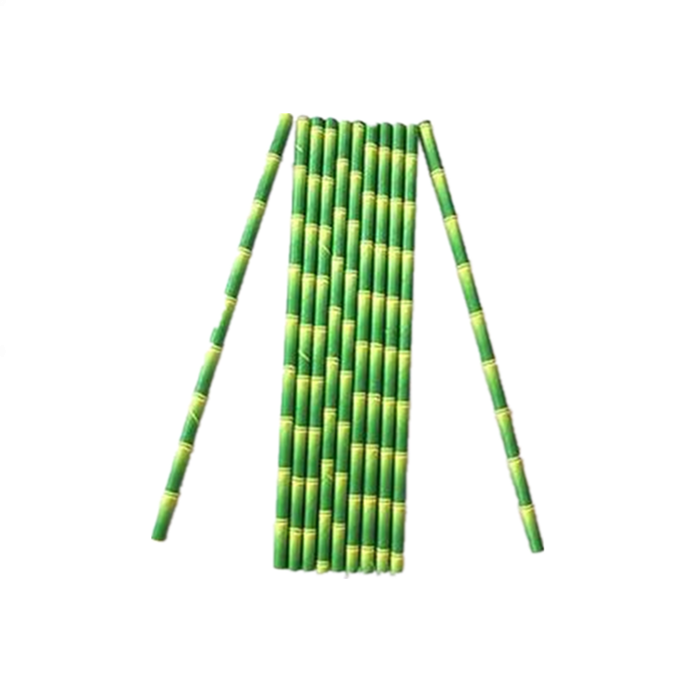Russia is a country rich in forest resources, and its forest area accounts for 1/5 of the world’s forest area, of which 1/3 is primary forest, 64% is natural regeneration forest, and 2.4% is artificial forest. Its wood species are mostly conifers such as larch, Mongolian Scotch pine, white pine and Korean pine, and larch is the most exported.
The annual production capacity of Russian wood pulp is about 10million tons, accounting for 4% of the world. The annual production capacity of paper and paperboard is about 12million tons. Among the paper production capacity, 3million tons are printing paper, 850000 tons are household paper, and 8.5 million tons are packaging paper. Ilim, the largest paper company in Russia, has a total annual production capacity of 11.5 million tons of pulp and paper, accounting for 52% of the country’s total production capacity. In recent years, with the development of economy and the increase of trade and export demand to China, a large number of capacity and production expansion plans have been announced. Accordingly, the country will add 4million tons of paperboard base paper, 300000 tons of household paper and 4.8 million tons of pulp.
Russia is one of the leading pulp exporters in the world, but cotton pulp needs to be imported about 210000 tons every year, imported by the United States, Sweden and other countries. In addition, 800000-900000 tons of coated paper are imported from Europe every year.
The annual production capacity of paper and paperboard in Ukraine is 1.2 million tons, of which 800000 tons are paperboard base paper and 220000 tons are household paper. Ukraine’s paper consumption depends on imports, mainly from Finland, Germany, Poland, Russia, China and Sweden, accounting for 64% of its total imports.
Russia’s pulp export volume is about 2.1-2.3 million tons per year, accounting for 4-5% of the global trade volume. More than 60% of the pulp is exported to China, and some are exported to South Korea and Europe. The annual export volume of paper and paperboard is 1.29 million tons.
After the outbreak of the conflict between Russia and Ukraine, Europe imposed economic sanctions on Russia, and trade in chemicals and other paper materials was also restricted. Some Russian paper-making enterprises were forced to stop production due to the shortage of auxiliary materials. In Europe, there is a shortage of wood chips and pulp imported from Russia, and newsprint and printing paper in some regions have run out.
In addition, the paper production in Russia is restricted, which also has a significant impact on the Chinese market. With the ban on the import of waste paper in 2021, China began to import pulp to make up for the shortage of paper raw materials. In 2021, China imported 23.7 million tons of pulp, of which 1.3 million tons (about 6%) were imported from Russia. According to the statistics of varieties, 200000 tons (about 18%) of the 1.09 million tons of UKP imported every year come from Russia, which is the second largest supplier to the Chinese market after Chile. Among the 8.4 million tons of BSK imported by China every year, 1million tons (about 12%) come from Russia.
China’s wood chips are highly dependent on imports, with 40% to 80% of its consumption dependent on imports. However, imports from Russia are limited, 57% from Vietnam, 18% from Australia, 6% from Chile and 4% from Brazil. Russia exports 800000 tons of coniferous trees every year. Since the outbreak of the conflict between Russia and Ukraine, Russia has banned the export of coniferous wood chips to Europe, the United States, Canada, Japan, South Korea, Taiwan, China and Australia. The supply of coniferous trees in these areas is affected. In addition, before the conflict between Russia and Ukraine, Russia had announced restrictions on the export of conifer logs from 2023. China imports 6.9 million cubic meters of conifer logs from Russia every year, accounting for 11% of the total imports. In addition, Finland borders Russia, and log imports also depend on Russia, 77% of which comes from Russia.
Post time: Jul-01-2022

